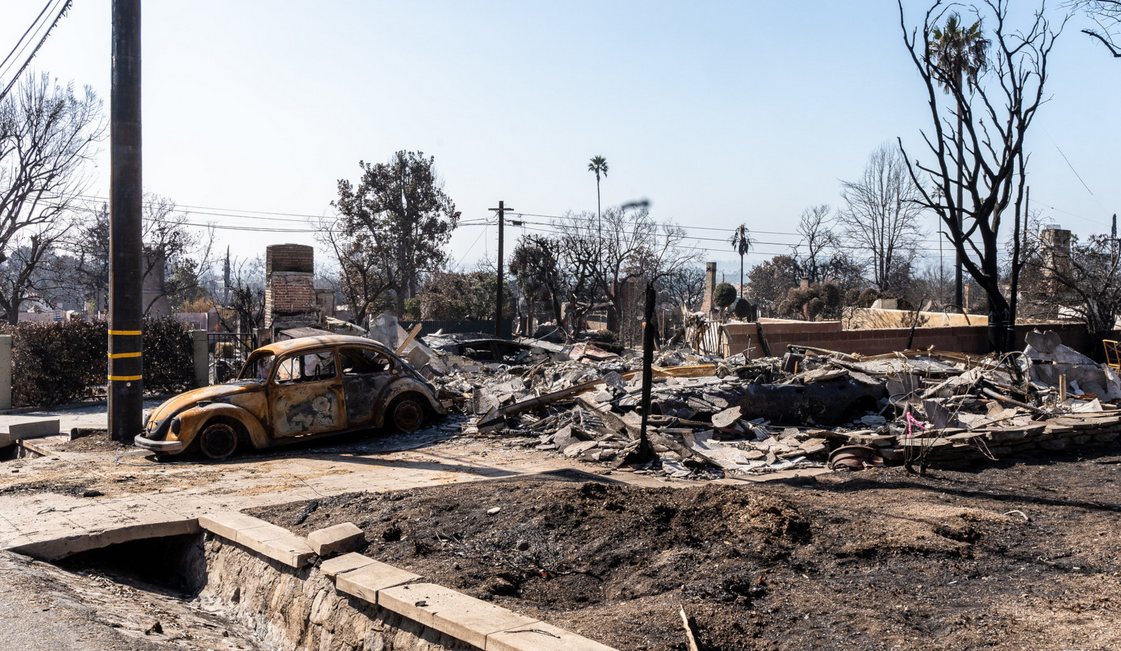In October 2020, when a fire threatened Pasadena, California Kenjus Watson and his family temporarily relocated with loved ones across the country in Ohio. Between the fire, terrible air quality, and the ongoing COVID pandemic, they felt the acute fragility of their situation.
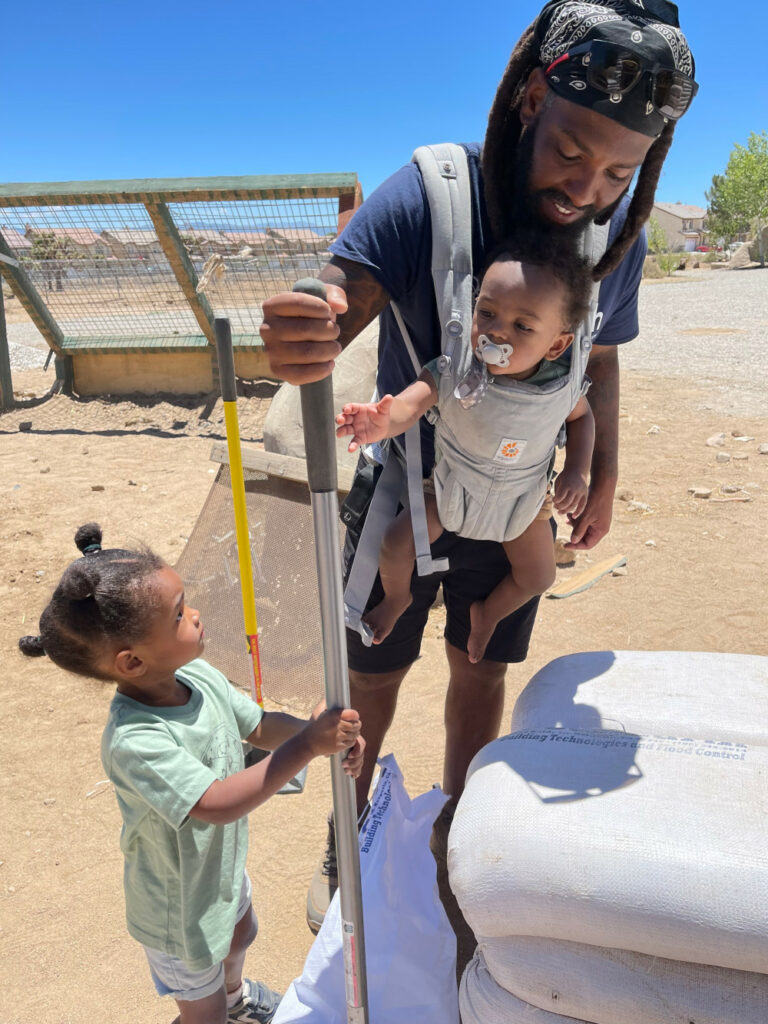 This marked a turning point him for him. Instead of pursuing an academic job immediately after earning his doctorate, he joined the CalEarth Institute’s Long-Term Apprenticeship Program to learn and teach others how to build SuperAdobe homes, structures designed to withstand fire, floods, earthquakes, and other aspects of climate collapse.
This marked a turning point him for him. Instead of pursuing an academic job immediately after earning his doctorate, he joined the CalEarth Institute’s Long-Term Apprenticeship Program to learn and teach others how to build SuperAdobe homes, structures designed to withstand fire, floods, earthquakes, and other aspects of climate collapse.
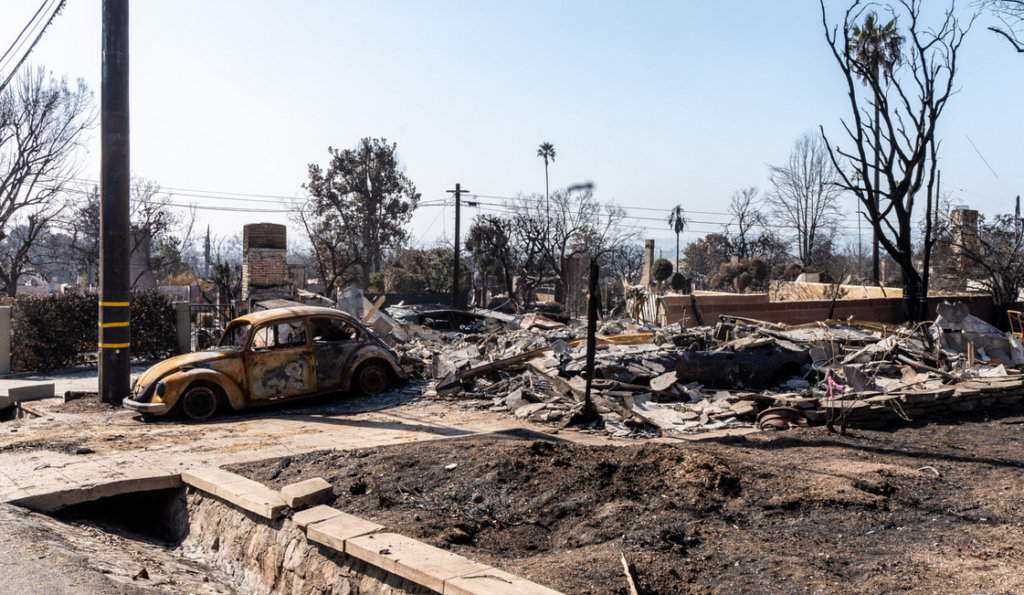 Far too many dwellings throughout Southern California are constructed using problematic materials, such as synthetic insulation, vinyl siding, and asphalt shingles, chosen for their affordability and ease of construction. But these materials are highly flammable, exacerbating the risk of destruction during fires. Some estimates suggest building with wildfire-resistant materials and design can add up to $27,000 to the cost of already overpriced homes in Southern California.
Far too many dwellings throughout Southern California are constructed using problematic materials, such as synthetic insulation, vinyl siding, and asphalt shingles, chosen for their affordability and ease of construction. But these materials are highly flammable, exacerbating the risk of destruction during fires. Some estimates suggest building with wildfire-resistant materials and design can add up to $27,000 to the cost of already overpriced homes in Southern California.
However, sustainable building structures built from earthen materials offer a much more affordable alternative. They provide resilience against worsening fire seasons and are emblematic of a broader shift toward environmentally sustainable construction.
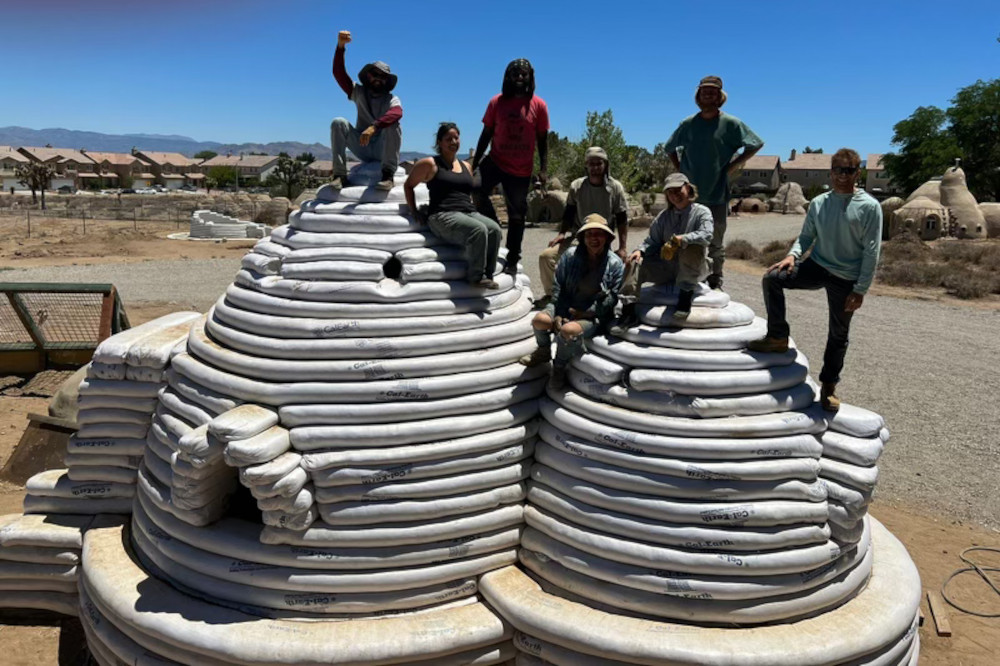 In the summer of 2022, Kenjus joined a team of seven other apprentices to construct a single-family SuperAdobe dome (including a 11-foot main dome with an 8-foot add-on/apse) over the span of just 17 workdays. The total cost for a fully functional dwelling (excluding labor) is just around $25,000.
In the summer of 2022, Kenjus joined a team of seven other apprentices to construct a single-family SuperAdobe dome (including a 11-foot main dome with an 8-foot add-on/apse) over the span of just 17 workdays. The total cost for a fully functional dwelling (excluding labor) is just around $25,000.
Widespread adoption of earthen homes faces significant barriers, including regulatory challenges, limited funding, and resistance from conventional housing industries. While some of the building systems are approved by the International Code Council, additional engineering is often required., Further efforts are underway to include SuperAdobe in the International Residential Code. These changes would make these types of technology more accessible regionally, but the process is costly and requires significant collaboration and support from public policy and varied stakeholders.
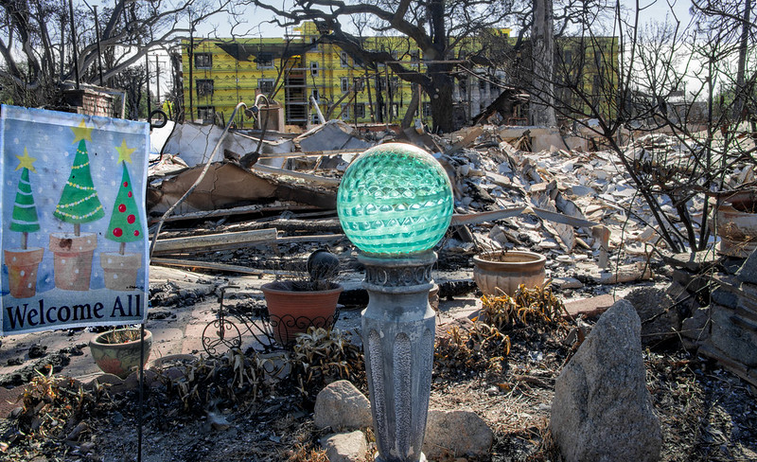 Kenjus watched as the fires in California destroy not just homes but entire lives. The home they fled in Pasadena came dangerously close to burning down. Yet on a decimated block in Altadena, a single structure remains intact: a SuperAdobe dome, built by visual artist James Séamus Knight.
Kenjus watched as the fires in California destroy not just homes but entire lives. The home they fled in Pasadena came dangerously close to burning down. Yet on a decimated block in Altadena, a single structure remains intact: a SuperAdobe dome, built by visual artist James Séamus Knight.
You can read the original article at therevelator.org

